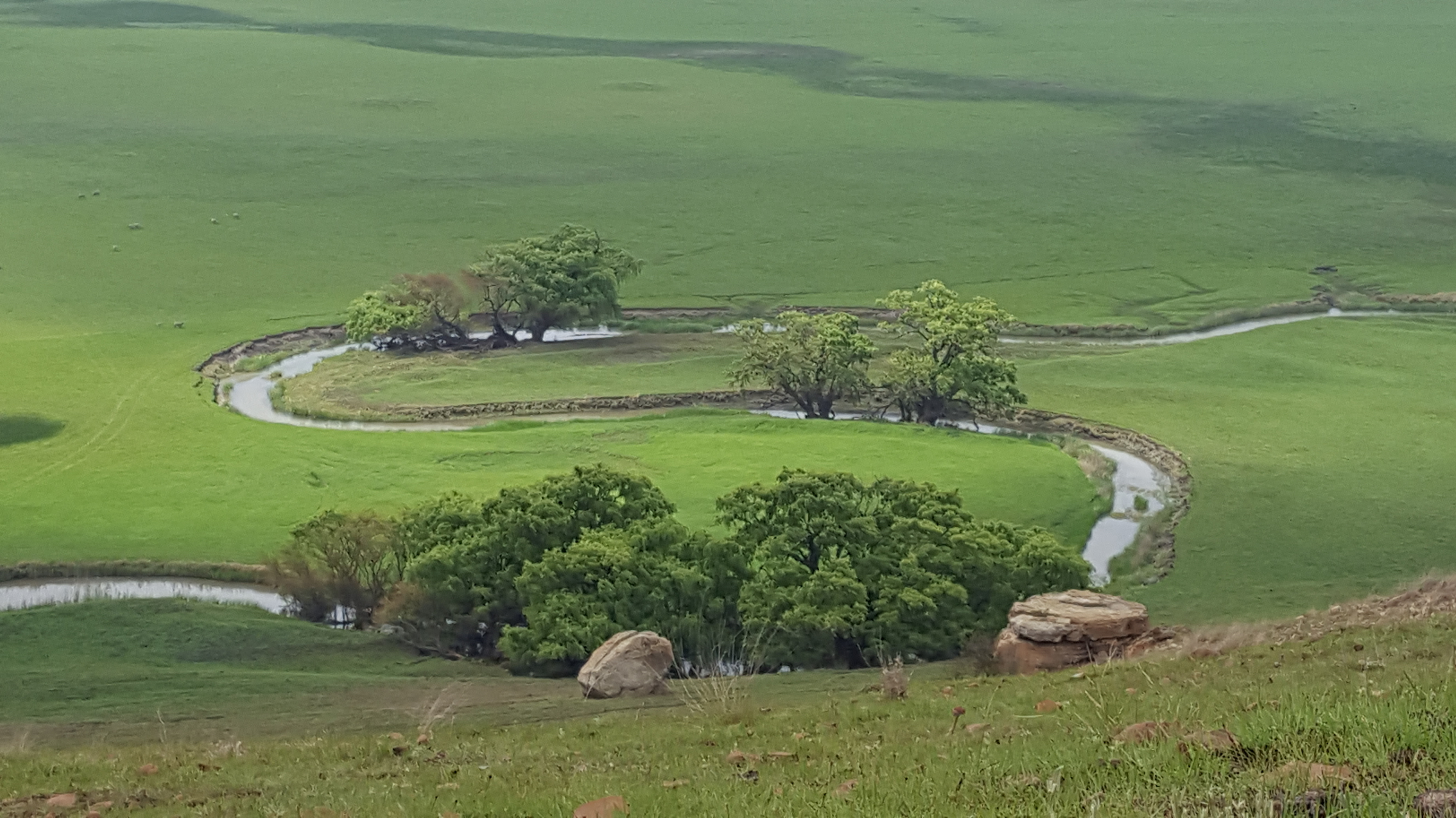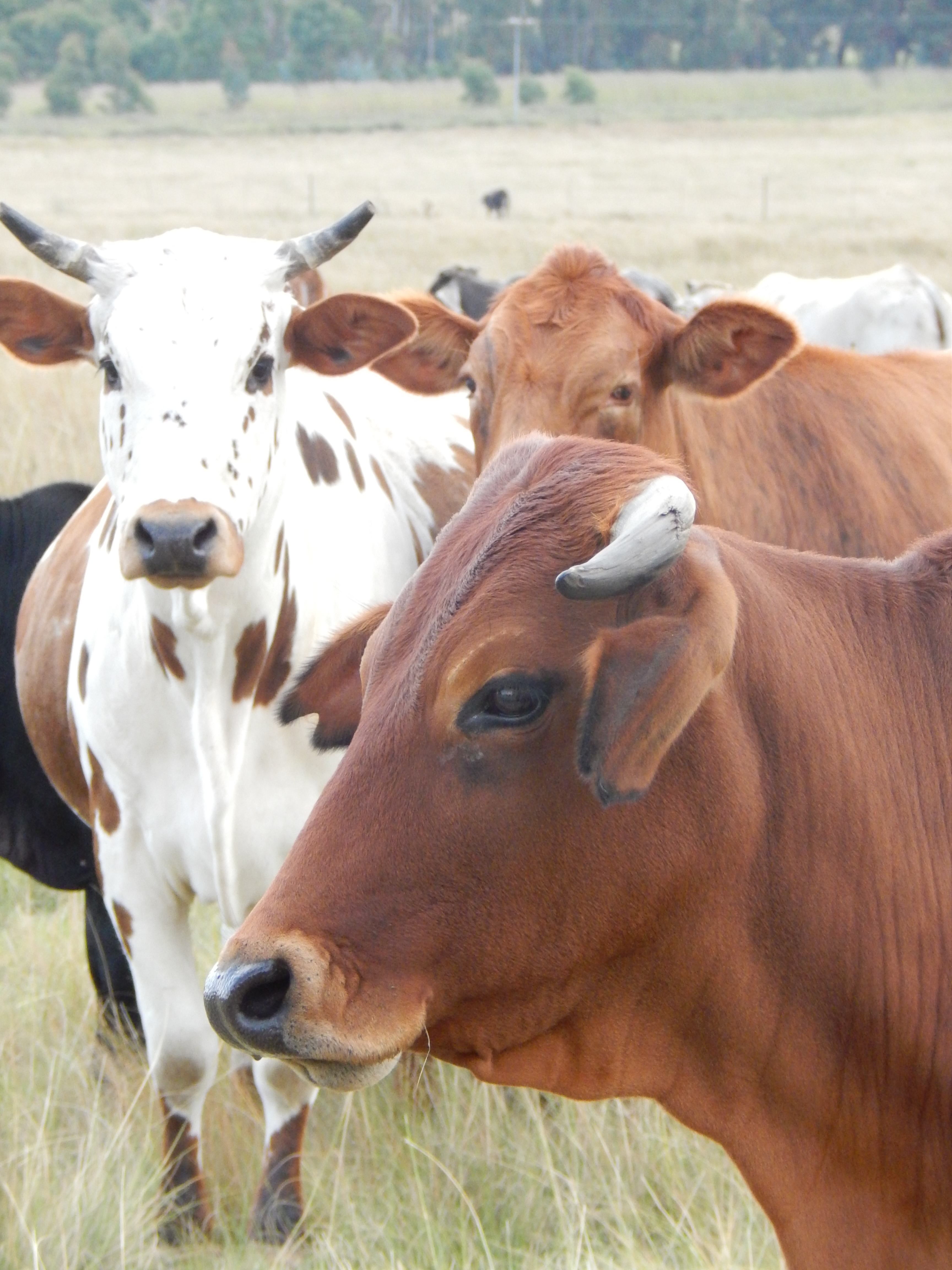
The town of Wakkerstroom is the second oldest town in Mpumalanga. It was originally named Uysenberg and then Wesselstroom and eventually changed to Wakkerstroom, meaning awake or lively stream, an Afrikaans translation to a Zulu name of the river that flows near the town called Utaka (Awake). (Source: Wikipedia)
Meet Kristi Garland, Centre Manager of the BirdLife South Africa Wakkerstroom Tourism and Education Centre, Base Manager for Wakkerstroom Working on Fire team, Project Manager of the Biodiversity Stewardship Project. Kristi is normally the one who is behind the lens and not in front of it. This is clear to see in the beautiful Wakkerstroom images she sent me
Tell us a bit about yourself? Your life story, how did you end up where you are now? After finishing high school, I enrolled at Technikon SA to study a diploma in Nature Conservation. I was contacted by one of my lecturers to do volunteer work at the Wildlife Society of South Africa’s education centre’s in Durban – which was right up my alley. After a year, I was offered a full-time position which offered me a host of opportunities within the environmental education sphere – from running educational tours and courses to project management. In 2008, after nine years of city life, I accepted the position of Centre Manager at the BirdLife South Africa’s Wakkerstroom Tourism and Education Centre. What a change! Not only with regards to the surrounding environment but also a way of life. The focus of my work took a slightly different slant – from being quite broad to more directed towards birds and their habitats. As environmental education had never really taken off in the area, it took some time to build up relationships with the teachers and learners alike. I also had to get used to travelling that much further to schools, as opposed to being ‘just down the road’ in a city. Wakkerstroom and the surrounds have definitely taught me much about myself, my work and the people living here. When I first moved to Wakkerstroom I must have dropped the average age by at least 20 years! My life, actions, views and work lean more toward understanding people’s, mostly children’s, connection to the natural environment and using that as a platform to develop additional skills and knowledge about our avian heritage. I really like the phrase: ‘From head, to heart, to hands’ – understanding something leads to an appreciation or love for it and ultimately taking action for what you believe in.
What is your favourite part of working and living in Wakkerstroom?
My favourite part about living and working in an area like Wakkerstroom is really about breaking out of the box. One day is never the same as the previous and it always brings challenges. Working through these challenges with the support of a wonderful community – most of whom have become like an extended family. That to me is far more precious than the city lights and the convenience of malls etc. My work takes me across Mpumalanga and KZN, working with schools and communities who seem to have fallen off the map. My ultimate is watching a child use a pair of binoculars for the very first time. Their eyes light up as suddenly the world doesn’t seem so unattainable, sitting in rural Mpumalanga or KZN.
What does a typical day in your life look like? I don’t think there is ever a typical day in Wakkerstroom. We can experience all fours season in a 24 hour period. Maybe it’s more about the people – however, they too are not too typical of a small highveld community.
Wakkerstroom lies at an altitude of 1760m, not too much different to Johannesburg. However we lie in a valley surrounded by Ossewakop (at an altitude of 2156m) on the one side and slightly lower hills on the other. This means that we have a cooler climate and a shortened summer growing season so we have really escaped large-scale transformation of the landscape. Instead of rolling hills of maize and plantations, the area focusses on more sheep and cattle farming. Our little village and surrounding areas, have over time become a mecca for nature lovers, and especially birders. The fauna and flora of the district attract visitors from all over the world to experience the host of species – birds, mammals, reptiles and plants.
Wakkerstroom has long been known globally as an Important Bird and Biodiversity Area and is listed as such in the IBA directory as IBA SA020. It is a birding haven with marvels to entice both the experienced and newcomers to this rewarding pastime. A visit to Wakkerstroom, in the company of a BirdLife South Africa trained guide, will almost guarantee you the opportunity to see three endemic species which are restricted to Southern Africa’s high altitude grasslands – Rudd’s Lark, Botha’s Lark and Yellow-breasted Pipit. Other specials include Blue Korhaan and Southern Bald Ibis.

There is much to discover about Wakkerstroom’s history. In November 2019, we turn 160! Established in 1859 to serve as an eastern administrative centre in the old Transvaal Republic, which then extended well into the northern reaches of KZN. Wakkerstroom featured, peripherally in to Anglo-Boer Wars as well. In the early 1900s, Wakkerstroom was the stamping grounds of Austin Roberts (of Roberts’ Birds of South Africa fame, whose father was the minister of the Anglican church in the village. A couple of endemic species have been located and typed for the area – Rudd’s Lark, described in 1908 by Captain Claude Grant of the British Museum, the Sclater’s Golden Mole, described by Austin Roberts in 1924, two rare butterfly species, a number of plants – including our very own geranium.
The community of Wakkerstroom is like extended family. There is always someone willing to give a hand or has great knowledge to share. Life in Wakkerstroom can be a little slow at times but this is not always the case – when we pull together for an event, we know how to make it happen – from restaurants, shop owners, local associations and companies. There are some rather eccentric characters in the village but they always make life a little more colourful.
Any interesting story you would like to share? Moving from Durban 10 years ago, I don’t think I was entirely prepared for Wakkerstroom’s winter. Experiencing -17 degrees is not for the faint-hearted! I almost handed in my resignation… Frozen water pipes till two in the afternoon, having to mend burst pipes at 10’o clock at night and learning to layer your clothing for a day out took some getting used to. Looking back, I don’t think I would ever change my decision to stay in Wakkerstroom and continue the work I do in and around the community. It has been the most rewarding work and, even though at times taking a little longer to see results, that much more meaningful.

A local resident once said ‘There is magic in the air in Wakkerstroom. If it grabs you, you will fall in love and never leave’, and so it is that many residents have settled in the charming village of Wakkerstroom, which is set in a beautiful valley in Southern Mpumalanga. This rings so true in the hearts of those who call Wakkerstroom their home.
You can follow Kristi, Birdlife SA and Wakkerstroom on the following links.
Website: www.birdlife.org.zaI
Facebook/ Facebook page: Wakkerstroom Bird Club, Wakkerstroom – What’s on, Wakkerstroom Group, Wakkerstroom Walks and Trails, Wakkerstroom Natural Heritage Association and then BirdLife South Africa itself. Also my personal page – Kristi Anne Garland
What an interesting interview!
LikeLike
What a beautiful valley we are move to Wakkerstroom end of March Back to my roots .
LikeLiked by 1 person
Awesome!
LikeLike
Kristi is one of the superstars that keep our village going forward. Her involvement especially with the thousands of school children in the area is worth the price of gold.
LikeLiked by 1 person
Good to know! She tells a good story too!
LikeLike
That was most informative.I visit Wakkerstroom from Newcastle quite regularly Very quaint & charming little town.
LikeLiked by 1 person
Thanks a lot for the comment!
LikeLike
And it is so true you fall in love with Wakkerstroom
LikeLiked by 1 person
I hope to go there soon
LikeLike